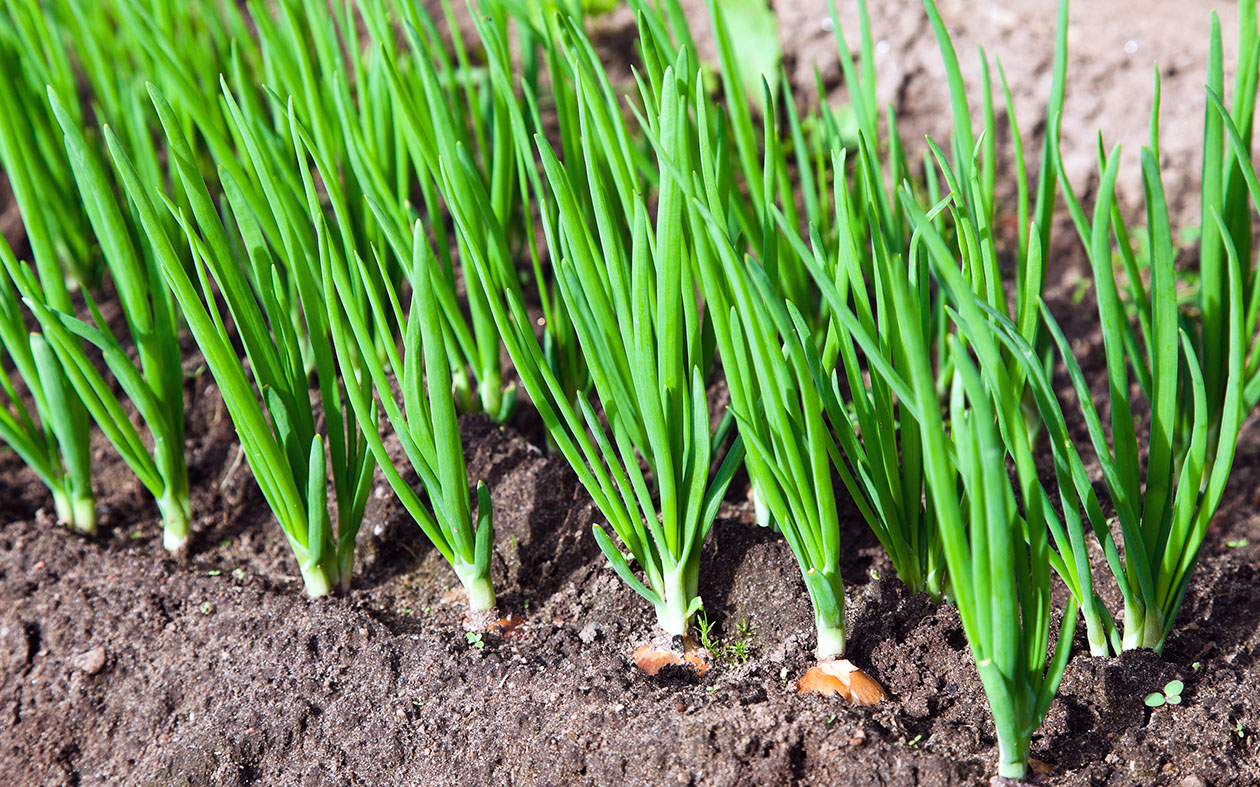Onion
Onions have been used for thousands of years both as a vegetable and a condiment, but our appreciation of onions has varied over time and place. Onions remain a basic source of flavour in countless recipes today. They are easy to cultivate and store and, with many different varieties available, offer clear advantages at all stages in the food chain, from growers to consumers.
Carbone, Geneviève, Dufour, Christine, Gignoux, Emmanuel, Jacobsohn, Antoine, Péru, Jean-Jacques, 1997, L’ABCdaire des légumes, Paris : Flammarion.
D’Amico, Serge, 1997, L’encyclopédie des aliments, Paris : Editions Fontaine.
Divincenzo, Maria Vittoria, 1988, Les fruits et les légumes, Paris : Edition Solar.
Grieco, Allen J., « Alimentation et classe sociales à la fin du Moyen Âge et à la Renaissance », in Flandrin, Jean-Louis, Montanari, Massimo, 1996, Histoire de l’alimentation, Paris : Fayard, pp. 479-490.
Neguat, Paule, 2007, Le guide des aliments, France : Editions Atlas.
Toussaint-Samat, Maguelonne, 1997, Histoire naturelle et morale de la nourriture, France : Larousse.
A classic
Historians are still unsure as to the onion’s place of origin: It may be Iran or from further afield in the Near East. In any case, onions soon became a cultivated plant. They were widely consumed during Antiquity in every civilisation in the Mediterranean region and Western Asia, both as food and as a condiment. Many Greek and Latin writers recorded the health benefits of eating onions.
The Romans helped disseminate onions across Europe. Onions became more common from the Middle Ages onwards and would long be a staple food in peasant diets. The fact that they are easy to store throughout the winter undoubtedly played a part in this. Nowadays, onions can be found in every market in the world and are still used as a basic condiment in many recipes.
However, despite having been in continual use for thousands of years, the position of the onion in the ‘good to eat’ ranking has varied greatly from one place or era to the next. In Ancient Egypt, every class of society enjoyed the taste of onions and consumed them both raw and cooked. Onions were also included in offerings made to the gods.
By way of contrast, European aristocrats in the late Middle Ages and the Renaissance left them for the peasants to eat. According to the aristocratic view of the world, earth was the basest of elements and everything that grew in it, namely root and bulb vegetables, was considered the least noble and therefore reserved for society’s lower classes. Leafy vegetables and especially fruit were better suited to the aristocrat nature than onions.
Followers of Jainism (a religion close to Hinduism) do not eat onions out of respect for the religious principle of non-violence and the risk of killing living creatures in the ground when ploughing the earth and pulling root vegetables out.
Onions are easy to grow
Onions belong to the Liliaceae family. They have cylindrical leaves which are hollow inside. Onion flowers grow in an umbel from the second year of cultivation and can reach up to a metre in height. The plant adapts to a mild climate and resists the cold. It can be grown by planting bulbs or seeds between February and April, depending on the variety. Onions are considered to be ripe when the leaves wilt and lie flat on the ground.
Harvesting begins in early summer or, for some varieties, in the autumn. Once harvested, the bulbs are dried in the sun for one or two weeks. Traditionally, they used to be kept dry in a loft. Nowadays, they are stored in cold storage units at between 0°C and 2°C.
Onions for all kinds of tastes
There are many varieties of onion. They can be elongated, round or flat in shape. They vary in colour from white, yellow, pink or brown to red.
Yellow onions are the most common and have slightly juicy, fragrant flesh, ideal for cooking. As they store particularly well, they are available all year round. Red onions are not quite as common and are best eaten raw, as they are milder than yellow onions. They are often used in Mexican cuisine, either raw or cooked. White spring onions, are harvested before the bulb is completely ripe. They only keep for a short time as they are not dried. Pearl onions are tiny white or yellow onions. They can be found in supermarket vegetable aisles, either fresh or dried, but can also be bought frozen or in jars.






